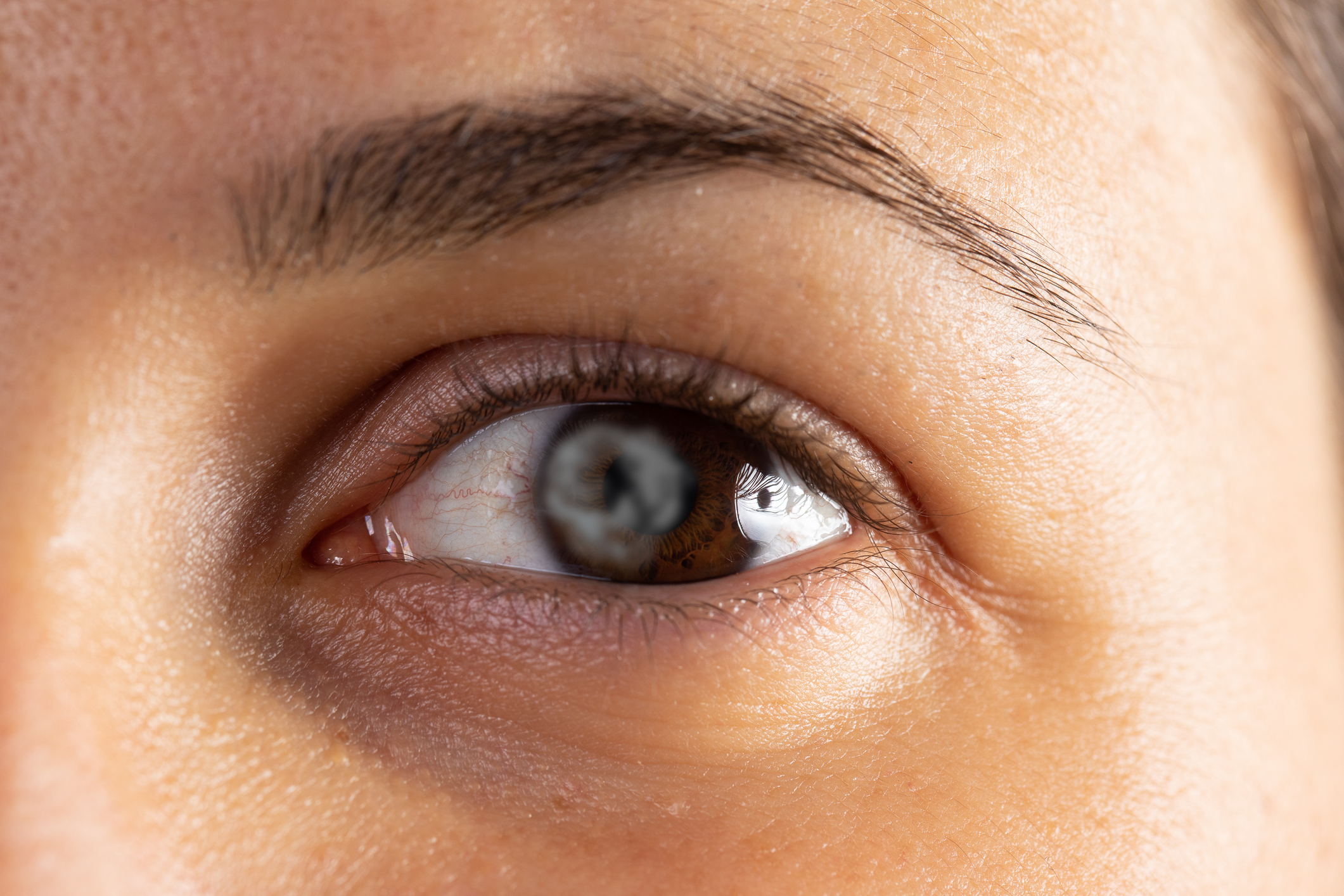The Impact of Climate Change on Eye Health
Introduction
As climate change accelerates, its effects extend beyond environmental and societal concerns to impact human health, including eye health. From increased air pollution to changing weather patterns, various factors associated with climate change pose risks to ocular health and vision. In this article, we will explore the implications of climate change on eye health, identify key risks and challenges, and discuss protective measures to safeguard vision in a changing climate.
Understanding the Impact
Air Pollution and Ocular Health:
- Particulate Matter and Eye Irritation: Elevated levels of airborne particulate matter, such as PM2.5 and PM10, contribute to eye irritation, dryness, and discomfort. Fine particles can penetrate the eyes, leading to inflammation and exacerbating conditions like dry eye syndrome and allergic conjunctivitis.
- Ozone Depletion and UV Radiation: Decreases in stratospheric ozone due to climate change can heighten ultraviolet (UV) radiation exposure, increasing the risk of ocular conditions like cataracts, pterygium, and photokeratitis.
Allergens and Eye Allergies:
- Pollen and Extended Allergy Seasons: Changes in temperature and precipitation patterns influence pollen production and distribution, prolonging allergy seasons and intensifying allergic reactions in susceptible individuals. Ocular allergies, such as allergic conjunctivitis, can cause itching, redness, tearing, and discomfort.
- Mold and Fungi Growth: Warmer temperatures and higher humidity levels create favorable conditions for mold and fungi proliferation, triggering allergic reactions and exacerbating symptoms in individuals with mold allergies.
Extreme Weather Events:
- Wildfires and Ocular Health: Intensified by drought and higher temperatures, wildfires release smoke and airborne pollutants that can irritate the eyes, worsen existing eye conditions, and compromise visual comfort and clarity.
- Hurricanes and Eye Trauma: Severe weather events like hurricanes and storms can cause ocular injuries from flying debris, exposure to wind-blown particles, and contaminated floodwaters, leading to corneal abrasions, infections, and other trauma-related eye conditions.
Protective Measures
- Eye Protection: Wear sunglasses with UV protection and wide-brimmed hats to shield the eyes from harmful UV radiation and airborne particles. Choose wraparound-style sunglasses to provide maximum coverage and reduce exposure to peripheral UV rays.
- Hygiene Practices: Maintain good hygiene by washing hands frequently, avoiding rubbing the eyes, and using artificial tears or lubricating eye drops to alleviate dryness and irritation. Remove contact lenses before applying eye drops to prevent contamination and ensure optimal efficacy.
- Indoor Air Quality: Use air purifiers or filters to reduce indoor air pollution and minimize exposure to allergens like dust, pollen, and mold spores. Keep windows closed during high pollen seasons and use HEPA filters in air conditioning units to trap airborne particles.
- Climate Adaptation: Stay informed about climate-related health risks and take proactive measures to adapt. Seek medical advice for managing ocular allergies, including prescription medications or immunotherapy. During extreme weather events, such as hurricanes or wildfires, follow evacuation orders and prioritize eye protection to minimize the risk of injury and exposure to environmental hazards.
Conclusion
Climate change poses significant challenges to eye health, exacerbating conditions like dry eye syndrome, allergic conjunctivitis, and UV-related eye damage. By understanding the risks associated with climate change and implementing protective measures, individuals can safeguard their vision and mitigate the impact of environmental factors on ocular health. Collaborative efforts to address climate change and promote sustainable practices are essential for protecting eye health and ensuring a brighter future for all. Stay informed, stay protected, and prioritize your eye health in a changing climate.
Summary
As climate change continues to affect the planet, it also poses risks to human health, including eye health. From increased air pollution to more severe weather events, various factors associated with climate change can impact ocular health and vision. This article has explored these implications, identified key risks, and discussed protective measures to safeguard eye health in a changing climate.
World Eye Care Foundation’s eyecare.live brings you the latest information from various industry sources and experts in eye health and vision care. Please consult with your eye care provider for more general information and specific eye conditions. We do not provide any medical advice, suggestions or recommendations in any health conditions.
Commonly Asked Questions
Climate change can worsen air quality, increase allergens, and lead to more frequent extreme weather events, all of which can impact eye health and vision.
Yes, changes in temperature and humidity levels associated with climate change can exacerbate dry eye syndrome by increasing evaporation of tears and causing irritation.
Yes, depletion of the ozone layer due to climate change leads to higher UV radiation exposure, which is a risk factor for developing cataracts.
Wearing sunglasses with UV protection and using artificial tears can help protect the eyes from airborne pollutants. Additionally, using air purifiers indoors can improve air quality.
Yes, climate change can prolong allergy seasons and increase pollen levels, exacerbating symptoms of allergic conjunctivitis and other eye allergies.
Wildfires release smoke and airborne particles that can irritate the eyes and worsen existing eye conditions, such as dry eye syndrome and allergic conjunctivitis.
Managing eye allergies during climate change involves avoiding allergens, using antihistamine eye drops, and practicing good hygiene to reduce exposure to pollen and other triggers.
Yes, wearing protective eyewear and avoiding exposure to wind-blown debris and contaminated floodwaters can help prevent eye injuries during hurricanes and storms.
Yes, changes in temperature and precipitation patterns associated with climate change can create favorable conditions for the growth of bacteria and fungi, increasing the risk of eye infections.
UV radiation from the sun can cause various eye conditions, including cataracts, pterygium, and photokeratitis. Wearing sunglasses with UV protection is crucial for protecting the eyes from UV damage.
news via inbox
Subscribe here to get latest updates !








